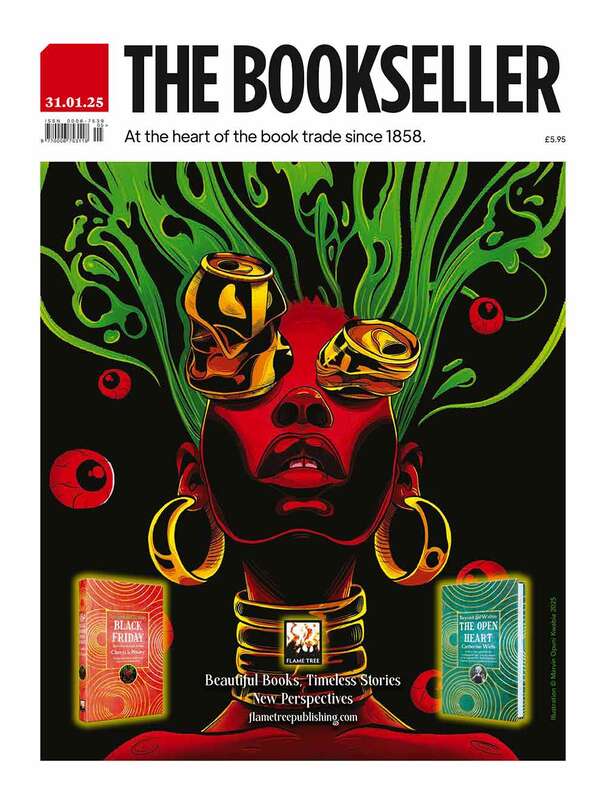You are viewing your 1 free article this month. Login to read more articles.
Audible to launch 'equitable' new royalty model
Audible has said it is launching a new royalty model with the aim of creating a more “equitable and insightful” system.
At a London Book Fair (LBF) event on Thursday 14th March, Lee Jarit, head of ACX and North America publisher partnerships at Audible, said that “this is something Audible has been working on for a long time”. The model has “grown” from conversations the audiobook company has been having with authors and publishers, Jarit said, adding that more details will be unveiled in due course.
Last week, the American science fiction and fantasy author Brandon Sanderson — who had previously been vocal about his concerns regarding Audible’s royalties, especially for independent authors — wrote about “a new royalty structure they intend to offer to independent writers and smaller publishers”. The author had previously declined to release four of his books on the platform, aiming to highlight his concerns about the royalty system and the impact he believed it was having for authors. He has now decided to reverse that decision, after receiving details of Audible’s new royalty model.
In a post, Sanderson claimed that he had met with three officers from Audible to present the new model. “They showed me new minimum royalty rates for authors–and they are, as per my suggestions, improved over the previous ones,” he said. “Moreover, this structure will move to a system like I have requested: a system that pays more predictably on each credit spent, and that is more transparent for authors. Audible will be paying royalties monthly, instead of quarterly, and will provide a spreadsheet that better shows how they split up the money received with their authors.”
Sanderson said that the new model did not bring authors to 70% royalty, and argued that the company will continue to “reserve the best royalties for those authors who are exclusive to their platform”. However, he said that the new structure will give all authors an increase in their royalties — despite the “gap” between writers whose books are exclusively available on the platform, and those whose work is also available elsewhere. He also claimed that authors “continue to have very little (basically no) control over pricing” under the new model.
The announcement of the royalty model comes as Audible continues to expand globally in new and emerging markets such as Brazil, where the company employs a “local-first approach”. Rachel Ghiazza, Audible’s chief content officer, spoke at the event about how the company considers the audience of each marketplace, and aims to cater to their specific interests and listening habits. In markets such as Japan, Italy and Spain, for example, Audible deploys an “All You Can Listen” model — a strategy that is important in regions where audiobooks are less popular.
Moreover, Audible has a deep understanding of the demographics that listen to the audiobooks on the platform, with its audience generally comprising younger listeners who often prefer longer audiobooks — such as Stephanie Meyer’s Midnight Sun (Little, Brown) and George R R Martin’s A Song of Ice and Fire series (HarperCollins). Approximately a third the company’s audience is between the ages of 18 to 35, which is also Audible’s fastest growing audience cohort.
Audible has 900,000 titles in its US catalogue, with listeners engaging with 87% of those titles in 2023 alone. Globally, 75% of listening on Audible comes from backlist titles, suggesting that most customers are not just opting for bestsellers in this space.



















